Welcome, fellow adventurers, to the mesmerizing world of the Khumbu Glacier! Located amidst the mighty Himalayas, this enormous ice giant captivates the hearts of mountaineers, trekkers, and nature enthusiasts alike. Let’s take a look on an exhilarating journey with us as we explore the breathtaking beauty, challenges, and secrets hidden within the Khumbu Glacier.
The Khumbu Glacier( 4,900m), situated in the Khumbu region of Nepal near the awe-inspiring Mount Everest, holds a prominent position among the world’s renowned and exhilarating glaciers. This glacier not only serves as a vital water source for the local Sherpa communities but also attracts several adventurers and hikers seeking a thrilling experience amidst its breathtaking tract.
A Frozen Wonderland
As we make our way through the treacherous terrain of the Khumbu region, the first glimpse of the glacier leaves us awestruck.
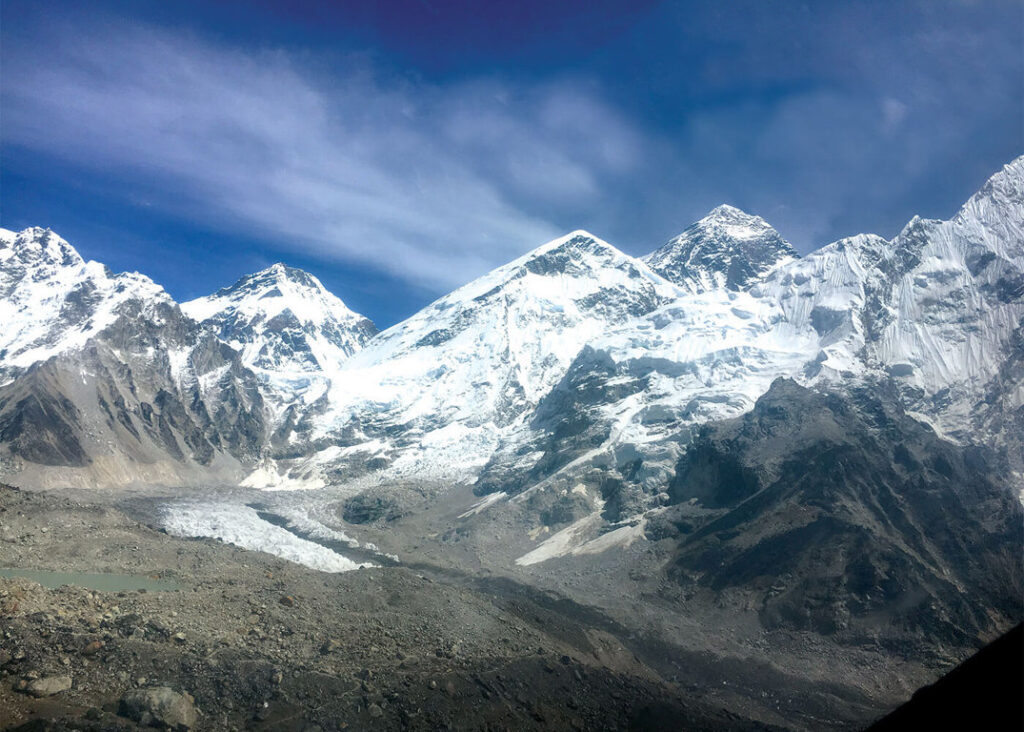
A sprawling expanse of shimmering ice and imposing seracs, the Khumbu Glacier is a mesmerizing spectacle. Its sheer size and magnitude make it one of the most impressive ice masses on Earth.S
The Gateway to Everest
The Khumbu Glacier serves as the gateway to the mighty Mount Everest, the tallest peak on the planet. The Khumbu Icefall, a treacherous section of the glacier, challenges climbers with towering ice pinnacles and treacherous crevasses.

We meet daring mountaineers who have successfully conquered this perilous passage, their stories of triumph and survival inspiring us to push our limits.
The Call of Adventure
Our time in the Khumbu Glacier draws to a close, but its essence lingers within us. We have witnessed its splendor and felt its power, and it has left an indelible mark on our souls.
The Khumbu Glacier calls to all those seeking adventure, reminding us of the fragile beauty that exists in remote corners of our world.
Highlights of Khumbu Glacier
Let’s explore the major attractions that make the Khumbu Glacier an unforgettable destination.
Spectacular Landscape
As you set foot in the Khumbu region, prepare to be mesmerized by the awe-inspiring landscape that surrounds the glacier.
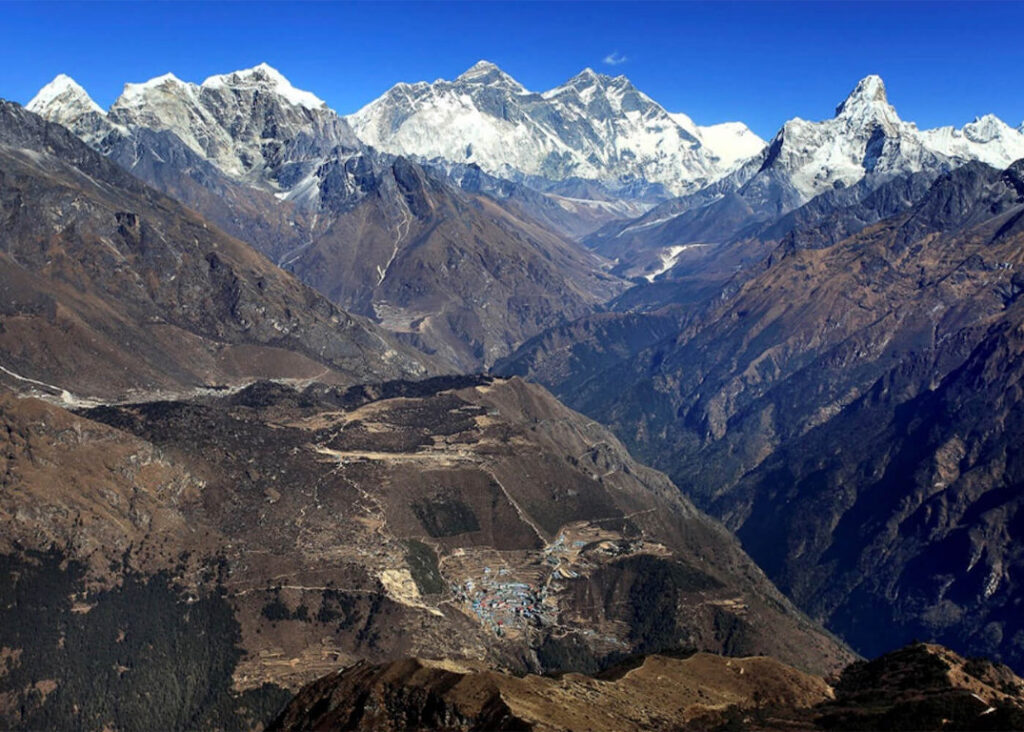
Towering snow-capped peaks, rugged valleys, and pristine alpine meadows form a picturesque backdrop for the glacier, creating a visual feast that will leave you in awe.
The Khumbu Icefall
One of the most captivating features of the Khumbu Glacier is the renowned Khumbu Icefall. This section of the glacier showcases towering ice seracs, deep crevasses, and ever–shifting ice formations, making it a truly thrilling sight to behold.
Also Read: Khumbu Glacier Valley: Northeastern Heaven
It is a challenging yet exhilarating experience for mountaineers as they navigate through this treacherous terrain en route to the summit of Everest.
Sherpa Culture
Beyond the natural wonders, the Khumbu Glacier region is also known for its vibrant Sherpa culture. The local Sherpa communities have called this region home for generations, and their rich traditions and warm hospitality offer visitors a unique insight into their way of life.
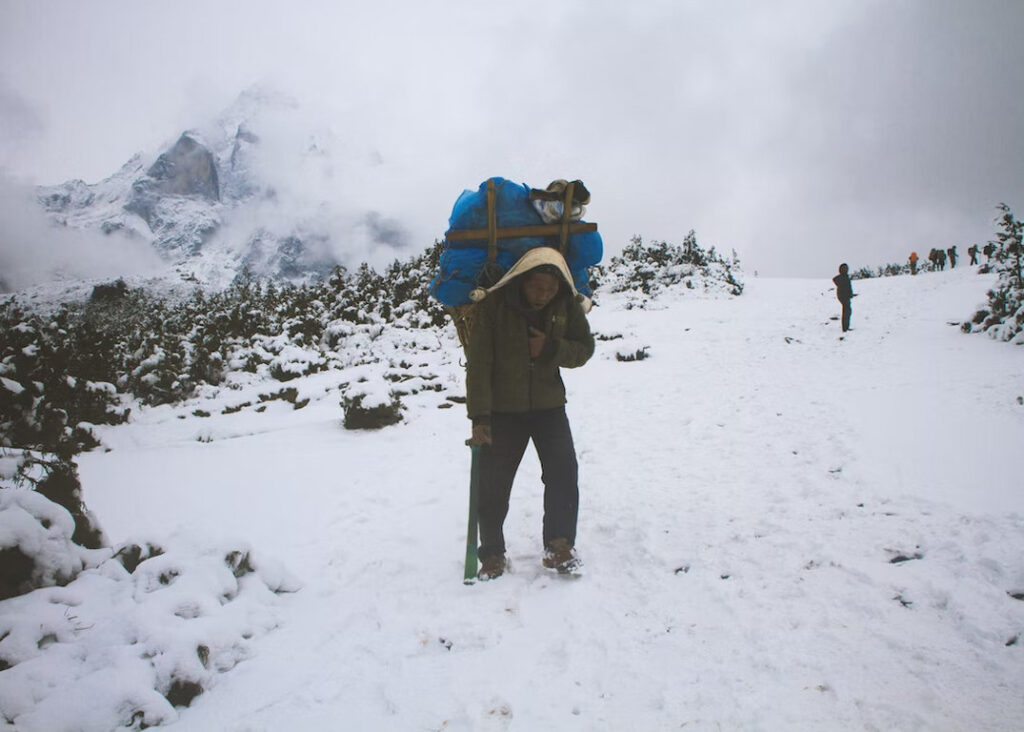
Engage in friendly conversations, visit monasteries, and immerse yourself in their age-old customs to gain a deeper appreciation for the region’s cultural heritage.
Tengboche Monastery
Perched at an altitude of 3,860 meters, the Tengboche Monastery stands as a spiritual haven amidst the grandeur of the Khumbu Glacier.
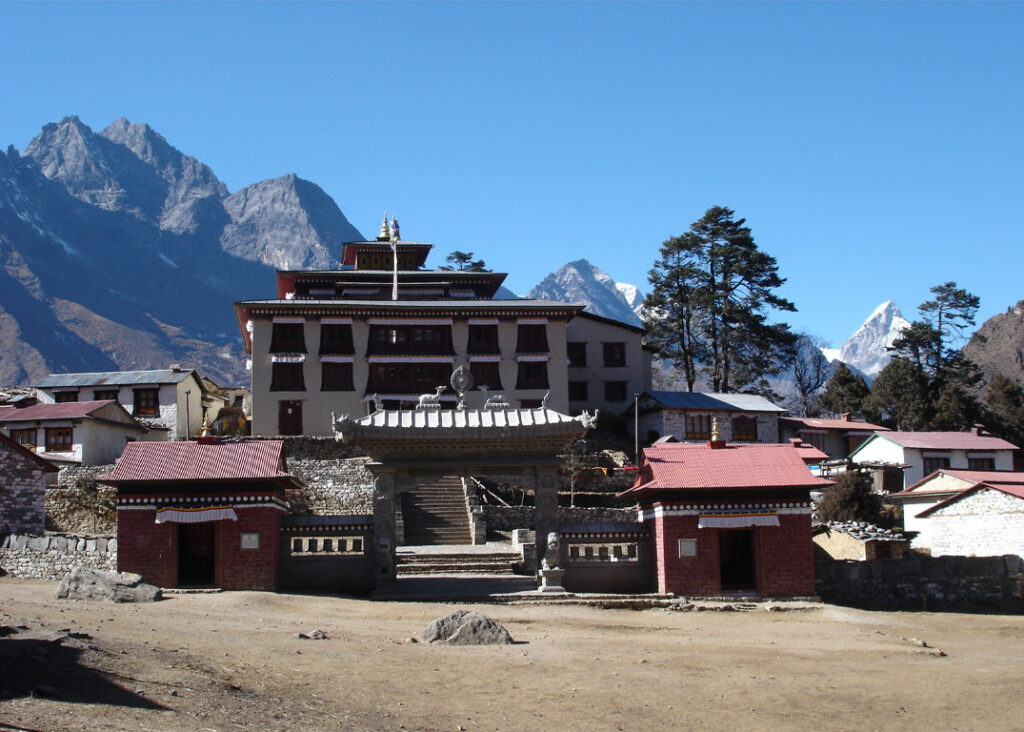
This ancient Buddhist monastery holds immense cultural significance and offers breathtaking views of Everest and the surrounding Himalayan peaks. Attending a prayer ceremony or simply soaking in the serene atmosphere is a soul-stirring experience.
Breathtaking Hiking Trails
The Khumbu Glacier region is renowned for its numerous hiking trails that cater to various levels of expertise. From short day hikes to multi-day treks there is something for everyone.
Traverse the iconic Everest Base Camp trek, take the challenging Three Passes trek, or opt for the picturesque Gokyo Lakes trek to witness stunning vistas and experience the thrill of adventure in this mesmerizing landscape.
Challenges of Khumbu Glacier Trek
Let’s take a look at the difficulties faced by trekkers during the Khumbu Glacier Trek and discover why it remains an unforgettable experience despite its trials.
Harsh Weather Conditions
The Khumbu region experiences extreme and unpredictable weather conditions throughout the year. Trekkers must be prepared to encounter sub-zero temperatures, heavy snowfall, and strong winds, especially during the winter months.

These weather conditions can make trekking trails challenging, slippery, and hazardous. It is essential to carry appropriate gear including warm clothing, sturdy boots, and reliable rain gear, to combat the harsh elements.
Rough and Challenging Terrain
The Khumbu Glacier Trek presents trekkers with a variety of terrains, ranging from steep ascents and descents to rocky paths and icy sections. The trail is demanding and requires physical fitness, endurance, and mental strength.

Trekking over moraines, crossing suspension bridges, and navigating through narrow ridges can be physically exhausting and mentally taxing. Proper training and preparation are essential to tackle the rough and challenging terrain effectively.
Altitude-Related Hazards
As trekkers ascend towards higher altitudes, they may encounter hazards associated with glaciers and icefalls. The Khumbu Glacier, one of the most famous glaciers in the world, presents risks such as crevasses, ice cliffs, and avalanches.
Also Read: Clothing for the Everest Base Camp Trek: A Comprehensive Guide
The constant movement of the glacier necessitates caution while traversing the area. It is advisable to trek with experienced guides who are familiar with the terrain and can ensure safety throughout the journey.
Limited Infrastructure
While the Khumbu region has seen significant development in recent years, the availability of infrastructure remains limited in remote areas. Accommodation options are basic, and amenities like electricity and running water may be scarce.
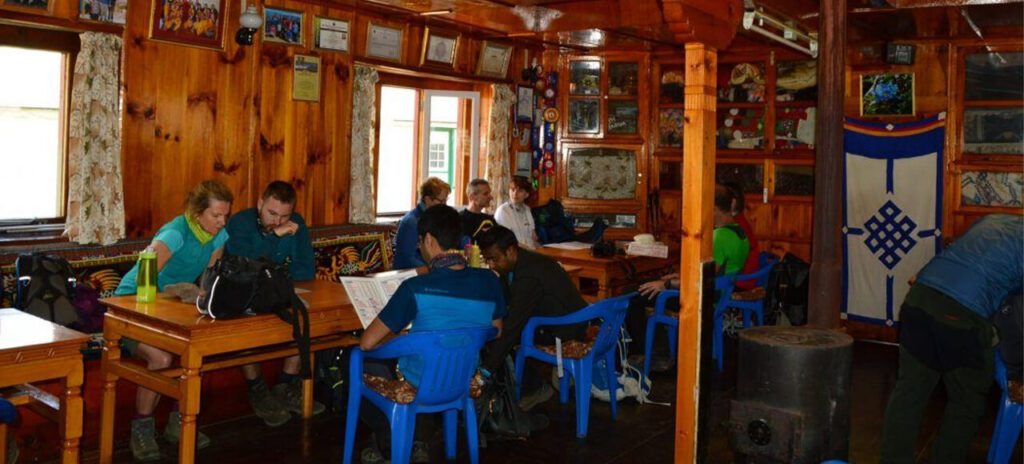
This lack of infrastructure can pose challenges in terms of comfort and hygiene. Trekkers must be prepared for basic living conditions and carry essential supplies, including food, water purification tablets, and other necessary items.
Best time to visit Khumbu Glacier
Let’s take a look at the best time to visit the Khumbu Glacier and make your experience an unforgettable one.
Spring (March to May)
Spring is widely regarded as the best time to visit the Khumbu Glacier. During this season, the weather is relatively stable, with milder temperatures and longer daylight hours. The region comes alive with vibrant rhododendron blooms, adding splashes of color to the surrounding landscape.
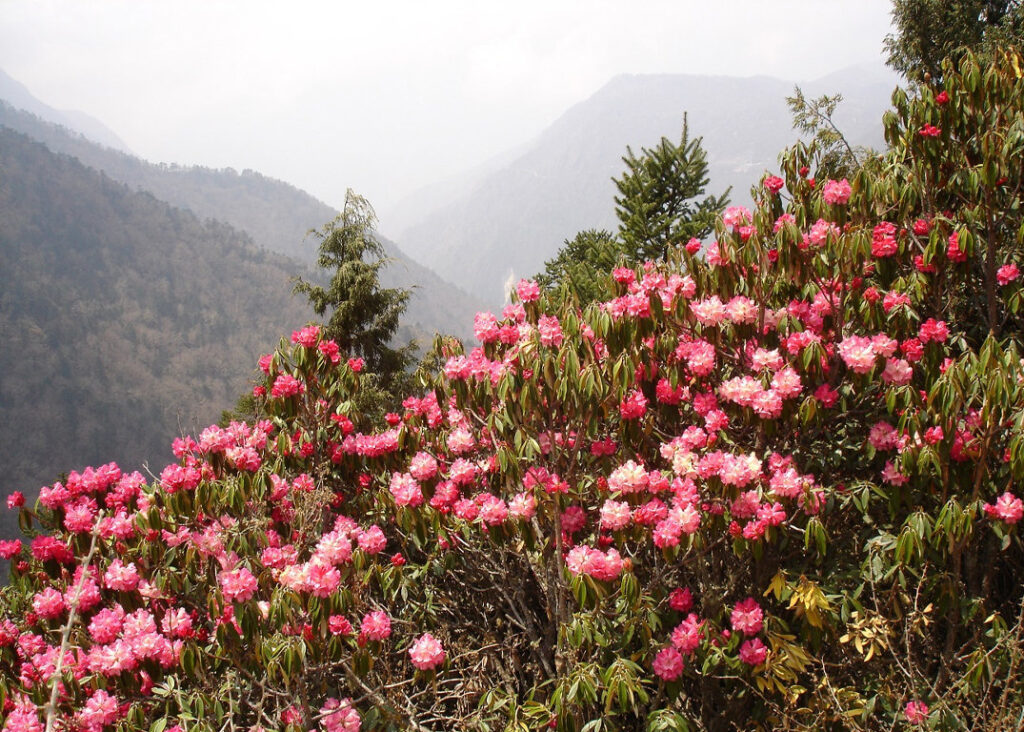
The trails are not yet overcrowded, providing you with a more serene and intimate experience. However, it’s worth noting that the early part of the season may still have remnants of snow, so be prepared for occasional chilly mornings and evenings.
Autumn (September to November)
Autumn is another excellent time to explore the Khumbu Glacier. The weather during this season is generally clear and dry offering excellent visibility of the stunning Himalayan peaks. The skies are often a deep blue, and the air is crisp and refreshing. The trekking trails are at their busiest during this time as many adventurers aim to reach Everest Base Camp.

However, the bustling atmosphere only adds to the excitement as you’ll have the chance to meet fellow trekkers from around the world and share in the camaraderie of the journey.
Monsoon Season (June to August)
While the monsoon season may not be the first choice for many travelers, it does have its own unique charm for those seeking a different perspective. The Khumbu region experiences lower rainfall compared to other parts of Nepal making it more accessible during this time. The lush greenery and cascading waterfalls create a picturesque setting that contrasts with the typical alpine landscape.
However, it’s crucial to be prepared for occasional rain showers and limited visibility. This season is also quieter, allowing you to enjoy a more solitary and reflective trekking experience.
Winter (December to February)
Winter in the Khumbu region is harsh with freezing temperatures and heavy snowfall. The biting cold and treacherous conditions make this season unsuitable for most travelers, especially those without mountaineering experience. However, if you’re an experienced mountaineer or seek solitude in a pristine winter wonderland this could be an extraordinary time to visit. The Khumbu region is exceptionally peaceful during winter, and the snow-covered peaks create a majestic, otherworldly ambiance.
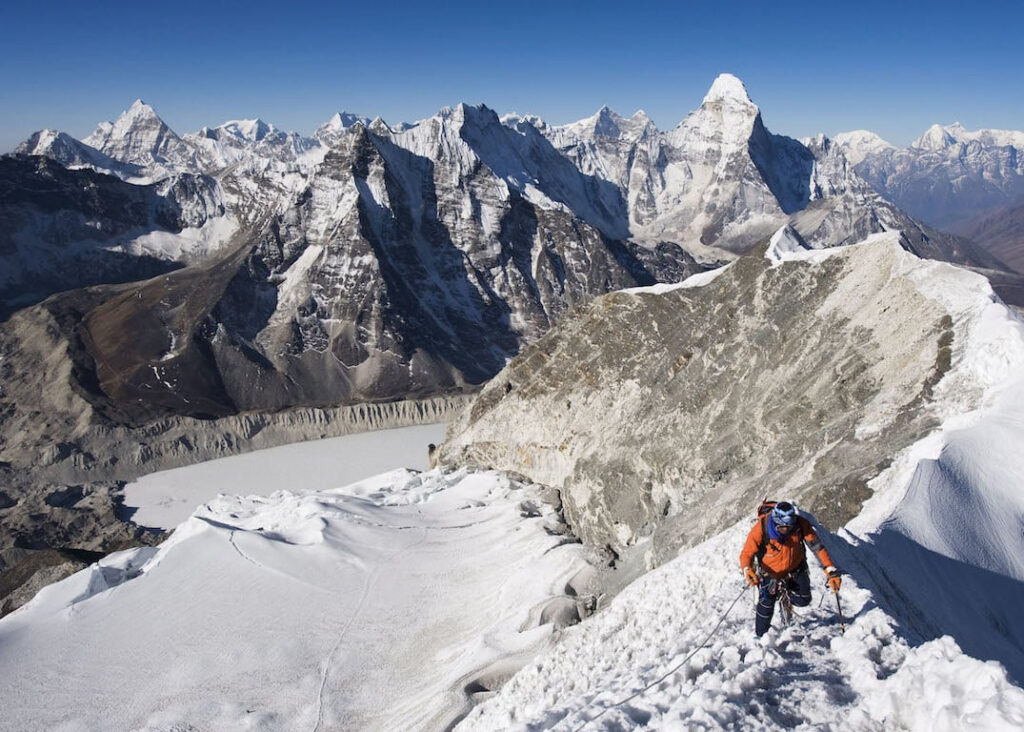
The best time to visit the Khumbu Glacier depends on your preferences and the experience you seek. Spring and autumn offer the most favorable weather conditions while the monsoon season brings a different kind of beauty to the region. Winter is a remarkable time for adventurers seeking solitude and an unparalleled winter landscape.
Tips
To make the most of your Khumbu Glacier trekking adventure, it’s important to come prepared and be aware of some essential tips. Please take a look at some of the advice and insights to ensure a safe, enjoyable, and unforgettable journey.
Plan and Prepare
Before setting off on your trek, thoroughly research and plan your itinerary. Understand the route, altitude challenges, and acclimatization requirements. Obtain the necessary permits and hire a reliable guide or join a reputable trekking agency.
You May Also Like: Everest Base Camp Challenges: A Troubleshooting Guide
Ensure you have adequate physical fitness and undertake appropriate training beforehand. Being well-prepared will enhance your overall experience and increase your chances of a successful trek.
Pack Smart and Light
Packing light is crucial for a trek in the Khumbu region. Carry essential items such as warm clothing layers, a good quality sleeping bag, sturdy trekking boots, waterproof outerwear, a hat, sunglasses, sunscreen, and a first aid kit.
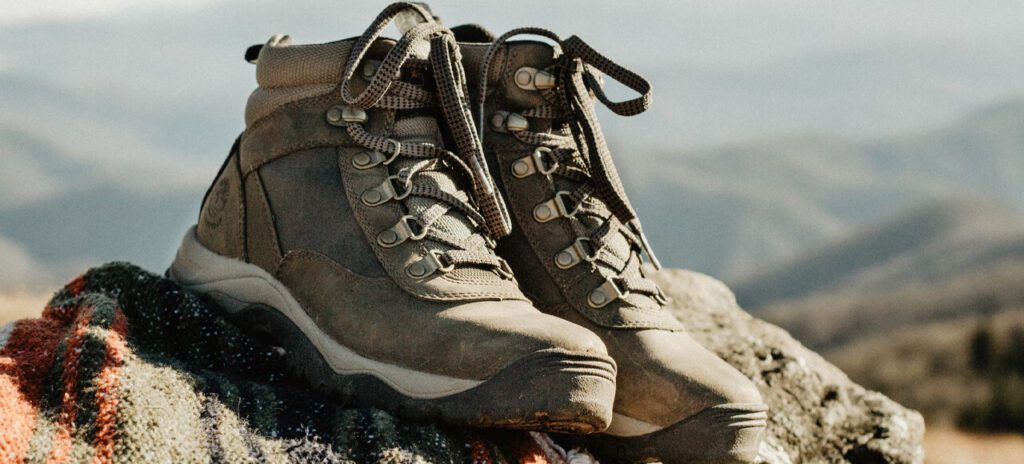
Don’t forget to pack high-energy snacks and a water purification system. Remember, every ounce counts when trekking in the mountains, so prioritize essential items and avoid unnecessary weight.
Allow for Acclimatization
Acclimatization is vital when trekking at high altitudes. Take it slow and allow your body to adjust to the thin air. Spend a few days in Namche Bazaar or other acclimatization points along the route to help minimize the risk of altitude sickness.
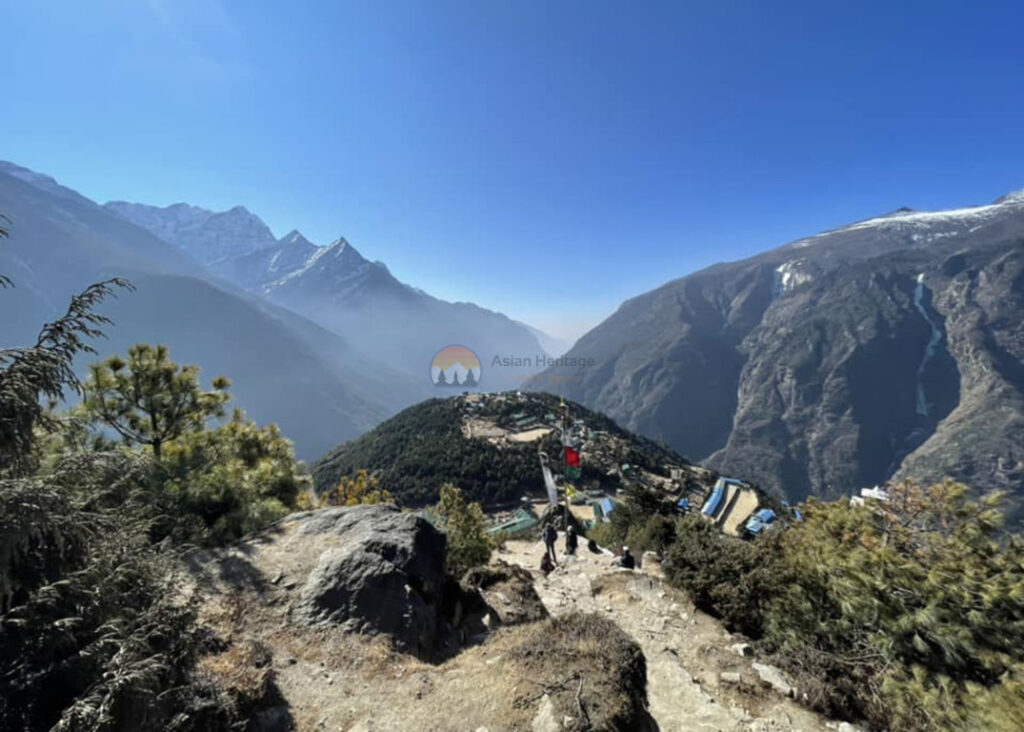
Hydrate well, avoid alcohol and caffeine, and listen to your body. If you experience severe symptoms of altitude sickness, descend immediately and seek medical help.
Stay Hydrated and Nourished
Proper hydration and nutrition are crucial during the trek. Drink plenty of water to stay hydrated, even if you don’t feel thirsty. Carry a reusable water bottle and use purification tablets or filters to ensure safe drinking water.
Read: How cold is Everest Base Camp in November? – Weather, Temperature, Travel Tips
Eat balanced meals, including carbohydrates for energy and protein for muscle recovery. Local tea houses and lodges offer a variety of hearty meals, so take advantage of the local cuisine.
Respect Local Culture and Environment
The Khumbu region is a natural wonder and home to the Sherpa community and its rich cultural heritage. Respect their traditions, customs, and way of life. Learn a few basic Nepali phrases to communicate with the locals and engage in meaningful interactions.
Also Read: Sherpa People: Bravest Heroes of Mountains
Additionally, practice responsible tourism by leaving no trace behind, disposing of waste properly, and supporting eco-friendly initiatives.
Be Weather Wise
The weather in the Himalayas can be unpredictable. Pack suitable gear for both cold and warm conditions, as temperatures can vary significantly throughout the day.
Check the weather forecast before setting out daily and adjust your clothing accordingly. Carry a reliable map, compass, or GPS device to stay on the right track.







